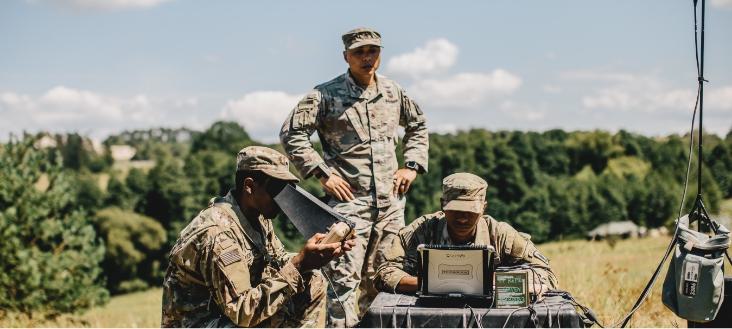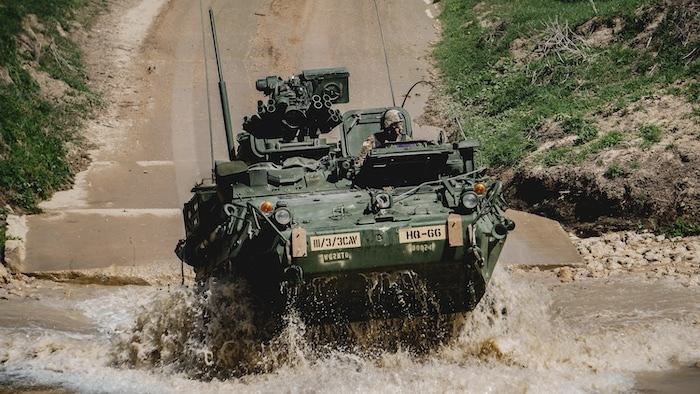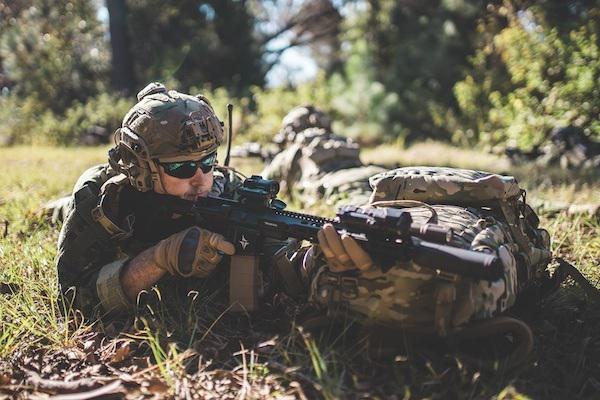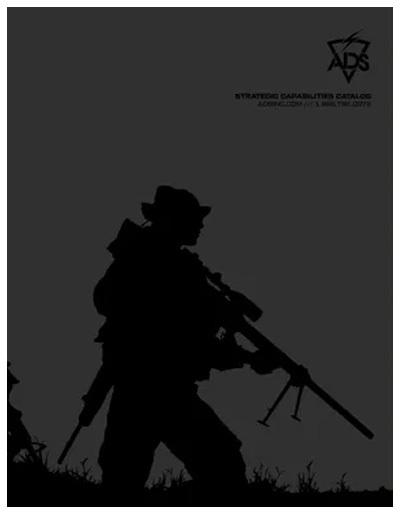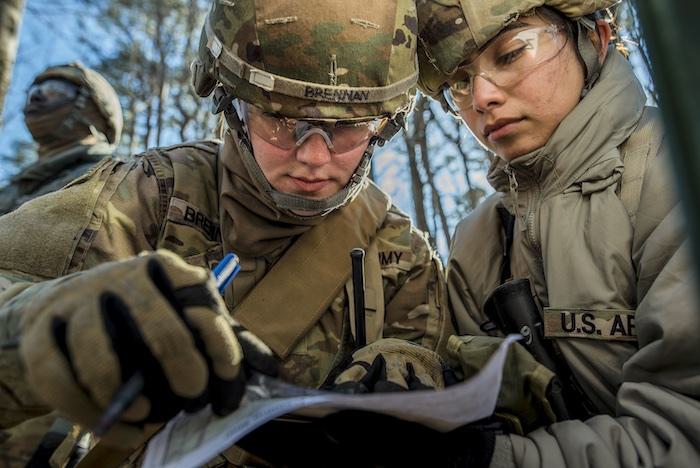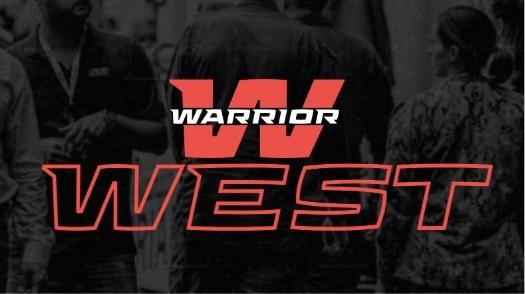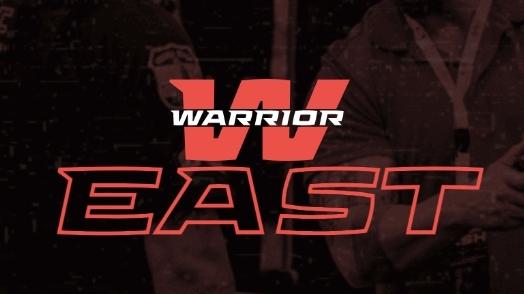AD HOC CONTRACTS LIMITS
If a supply officer fails to find gear with an NSN, he or she can submit a request through a program office to initiate a new, ad hoc contract. These vehicles also have drawbacks, however.
- Again: the time it takes to get something. Initiating a new contract is a time-consuming process that may take months. The contract must carefully adhere to Federal Acquisition Regulation guidelines (FAR), Defense Federal Acquisition Regulation Supplement guidelines (DFARS) and Financial Improvement and Audit Readiness (FIAR) requirements, including Berry Amendment and Buy American Act compliance.
The larger the contract, the longer it will take to create, approve, and execute.
- A unit’s budgeting schedule is often at odds with the contracting schedule. The flow of money to a unit tends to build throughout the year. As the fiscal year progresses, resources intended for units that come in under budget for certain items are transferred to units that require more of these items. These new funds typically come online in the last few months of the year but, because of the time it takes to design and initiate a new contract, the contracting season usually shuts off around March.
“Anything over a million dollars, you’re probably not going to get it executed from March to October,” said an active duty supply officer.
- Receiving the wrong equipment. Many contracting officers are administratively focused on achieving the lowest price technically available (LPTA), which may involve initiating a contract for a substitute item. Like many of the substitutions experienced when using the NSN system, this can result in rejected equipment.
"Let’s say I’ve got a need for a holster and I know exactly what holster I want because I did my research. I write up a document that says Hey, contracting command, I want this holster; here are three quotes for it, along with a picture and a description,” explained Smith.
“The problem is that a contracting specialist is mandated to find that holster at the very lowest price and there are probably a thousand holsters that could meet that general description. In reality, it’s those small differences that make all the difference in the world, like the tensioning screws that keep the pistol from falling out of the holster.”
These details can result in purchasing equipment that simply does not meet requirements. In the example, the delivered holsters may be the wrong color or they might be completely incompatible with the pistols used by the unit. Again, rejected substitutions are sent to Defense Reutilization and Marketing Office, and, ironically, the quest for a lower price ends up costing the military more money when the equipment is rejected and sold for pennies on the dollar, mothballed, or destroyed.
Unfortunately, rejected equipment—due to an incorrect order, improperly updated records, or shifting unit requirements—is common. A 2014 study of DoD officials and uniformed military officers by the Government Business Council found that “67 percent [of respondents] say their unit has been forced to dispose of unnecessary equipment.”
Procurement challenges are common and significant, but military supply officers have adapted to the system to make sure units are supplied, and the Defense Logistics Agency (DLA) has tapped the private sector to deliver innovative solutions.


